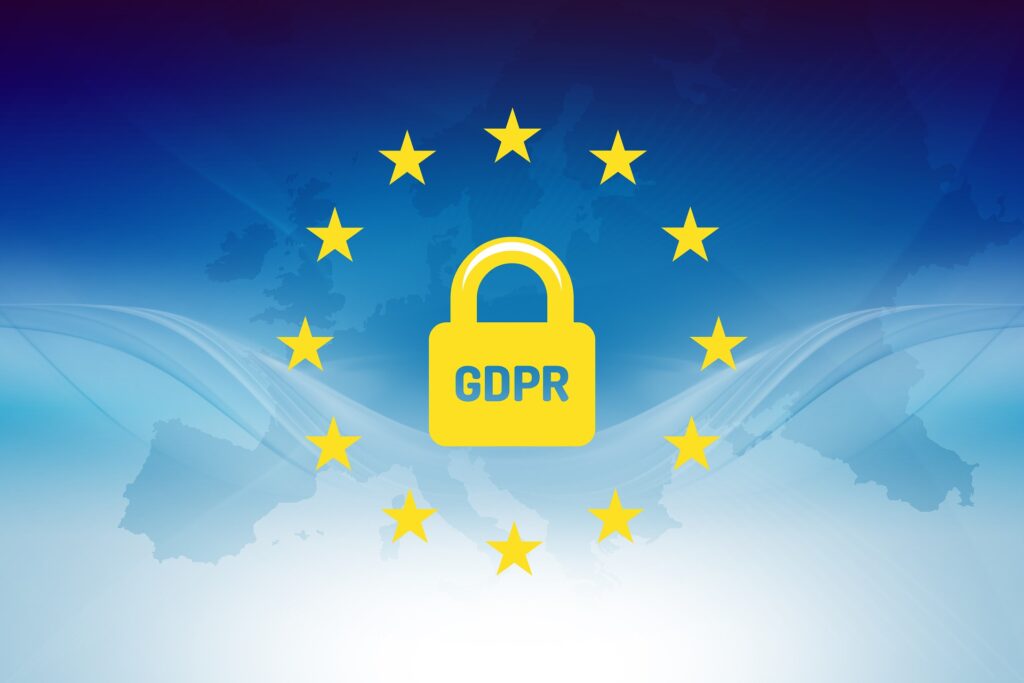Since its implementation in 2018, the General Data Protection Regulation (GDPR) has been a significant force in shaping how companies manage and protect personal data within the European Union. For media buyers, these regulations play a critical role in determining how data can be collected, processed, and used to optimize advertising strategies. As the digital landscape evolves, so do the regulations, with new updates and clarifications impacting the media buying industry.
In this article, we’ll explore the latest GDPR regulations affecting media buying in Europe, how they impact advertising practices, and what media buyers need to do to stay compliant in an increasingly regulated world.
What Is GDPR and Why Does It Matter to Media Buying?
The GDPR is a legal framework established by the European Union (EU) to protect the personal data of individuals. It governs how personal information—such as names, emails, IP addresses, and behavioral data—can be collected, stored, and used. For media buyers, GDPR directly influences how they can gather data to create personalized and targeted advertising campaigns.
GDPR puts the rights of individuals at the forefront, ensuring that they have control over their data and how it’s used. Any business operating within the EU or targeting EU citizens must comply with GDPR regulations, regardless of where the business is based.
Failure to comply with GDPR can result in severe penalties, with fines reaching up to €20 million or 4% of the company’s global annual revenue—whichever is higher. As the regulatory environment tightens, media buyers need to stay informed about the latest updates to ensure their practices are compliant.
Key GDPR Requirements Affecting Media Buying
To understand the impact of GDPR on media buying, it’s essential to focus on a few key requirements:
Consent
One of the cornerstones of GDPR is the requirement for explicit consent. This means media buyers must obtain clear, informed consent from users before collecting their data for advertising purposes. The old practice of relying on pre-ticked boxes or vague statements in privacy policies no longer suffices. Consent must be specific, freely given, and easily revocable.
For media buyers, this impacts how audience data is gathered for programmatic advertising and targeted campaigns. Cookie banners, opt-in forms, and privacy policies must be transparent and user-friendly to ensure users understand what they’re consenting to and how their data will be used.
Data Minimization
GDPR promotes the principle of data minimization, which means that companies should only collect the data that is absolutely necessary for a specific purpose. For media buyers, this means reassessing what types of data are collected and used for campaign optimization. Only the data that directly contributes to the advertising objectives should be gathered—no more, no less.
Right to Access and Erasure
GDPR grants individuals the right to access their personal data and the right to erasure (also known as the “right to be forgotten”). If a consumer requests access to their data or asks for it to be deleted, companies must comply within a set timeframe.
For media buyers, this adds complexity to data management. Clear systems must be in place to allow users to view, update, or delete their data. Media buyers must also coordinate with third-party data providers and advertising platforms to ensure they can honor these requests across all touchpoints.
Data Protection Impact Assessments (DPIAs)
A Data Protection Impact Assessment (DPIA) is required when processing personal data in ways that are likely to result in high risks to individuals’ privacy. This applies to media buying practices involving large-scale profiling, behavioral targeting, or programmatic advertising that involves personal data.
DPIAs ensure that the potential risks associated with data processing are identified and mitigated. Media buyers need to assess their strategies, particularly when working with sensitive data, to ensure they’re compliant and that any risks are managed properly.
The Latest Updates and Changes in GDPR
While GDPR has been in place since 2018, there have been several updates and clarifications in recent years that directly affect media buying practices. Here are the most notable ones:
Evolving Standards for Cookies and Tracking Technologies
Recent rulings and guidance have placed more stringent requirements on how cookies and tracking technologies can be used. Users must provide active consent to the use of cookies that track their behavior for advertising purposes. This means that simply notifying users about cookies and assuming their consent through continued use of the website is no longer acceptable.
For media buyers, this means revisiting cookie consent banners and tracking practices to ensure compliance. Third-party cookies, in particular, have come under increasing scrutiny, pushing many advertisers toward first-party data solutions.
The Role of Data Processors and Controllers
GDPR distinguishes between data controllers (the entity determining the purpose and means of processing personal data) and data processors (the entity processing the data on behalf of the controller). Media buyers often work as data processors when handling data for brands or agencies, and it’s critical to have clear agreements in place that outline data responsibilities.
Recent clarifications to GDPR have stressed the importance of accountability between controllers and processors. This means media buyers must ensure their contracts and data-sharing agreements are airtight and GDPR-compliant.
Cross-Border Data Transfers
With GDPR, transferring data outside the EU to non-compliant countries has become more complicated. The Schrems II ruling in 2020 invalidated the EU-U.S. Privacy Shield, making it harder to transfer personal data to the U.S. and other countries that don’t have equivalent privacy protections.
For media buyers working with global clients or data platforms based outside the EU, this creates challenges. They need to ensure that cross-border data transfers are conducted using legally acceptable mechanisms, such as Standard Contractual Clauses (SCCs) or Binding Corporate Rules (BCRs).
What Media Buyers Should Do to Stay Compliant
Staying compliant with GDPR is not just about avoiding penalties—it’s also about building trust with consumers. Media buyers should take several steps to ensure compliance with the latest GDPR regulations:
Review Consent Practices: Ensure that all consent mechanisms are clear, explicit, and meet GDPR standards. Update cookie banners and ensure that users can easily opt in or out of data collection.
Focus on Data Transparency: Ensure that users know what data is being collected, why it’s being collected, and how it will be used. Privacy policies should be updated to reflect this clarity.
Audit Data Providers: If you rely on third-party data providers, make sure they are fully GDPR-compliant and transparent about their data collection practices.
Establish Systems for Data Requests: Have processes in place to handle data access and deletion requests efficiently, ensuring that users can exercise their GDPR rights easily.
The GDPR continues to have a significant impact on media buying across Europe. As the regulation evolves, media buyers need to stay up-to-date with the latest requirements and ensure their practices remain compliant. By focusing on transparency, consent, and responsible data management, media buyers can not only avoid hefty fines but also build stronger, more trusting relationships with their audiences. The future of media buying will require a careful balance between innovation and compliance, and understanding GDPR is key to that balance.





